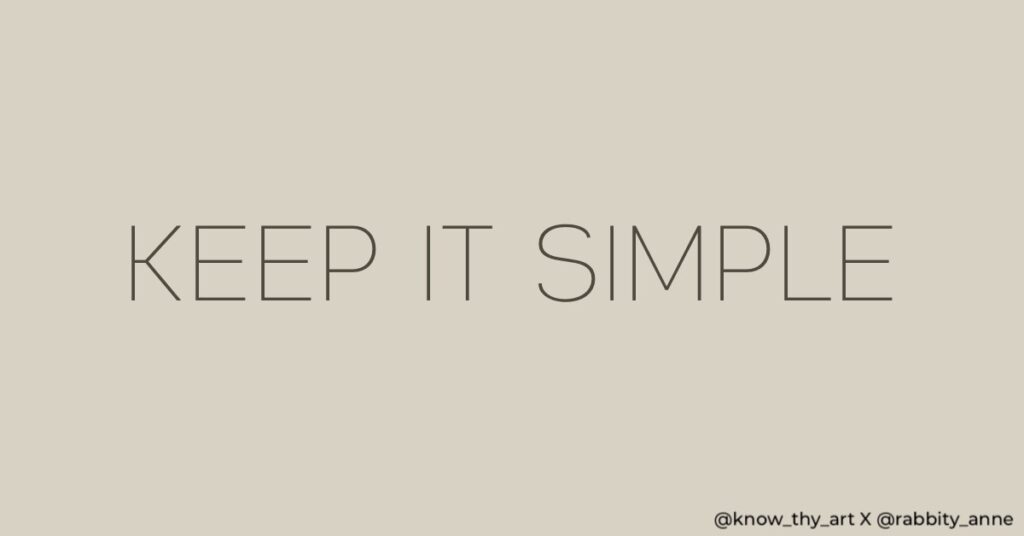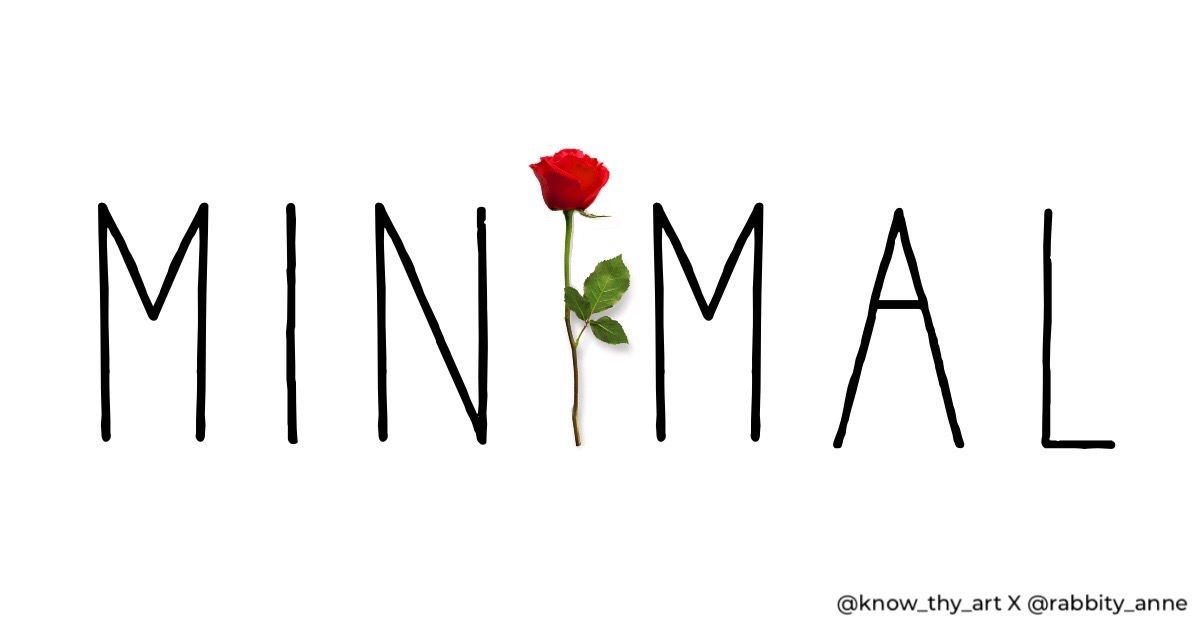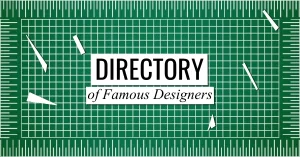In today’s world, we are bombarded with information from all directions. From social media feeds to billboards and advertisements, our attention spans are constantly being tested. In this environment, minimalist design has emerged as a powerful tool for cutting through the noise and capturing our attention. In this article, we’ll explore how to use minimalism to make effective designs.
What is Minimalism in Design?
Minimalism in design is a style that emphasises simplicity and clarity. It is characterised by the use of a limited colour palette, clean lines, and minimal embellishment. The goal of minimalist design is to reduce a design to its essential elements and create a strong visual impact.
The Power of Minimalism in Design

Clarity and Focus
Minimalist designs allow for a clear and focused message. By removing unnecessary elements, you can direct the viewer’s attention to the most important parts of the design. This creates a sense of hierarchy, which makes it easier for the viewer to understand the message and take action.
Increased Readability
Minimalist designs also increase readability. By removing unnecessary clutter, you can improve the legibility of text and make it easier for the viewer to read and understand the message. This is particularly important in today’s world, where we are constantly bombarded with information.
Timeless Appeal
Minimalist designs have a timeless appeal. By focusing on the essentials, you can create a design that is not tied to a particular time or trend. This makes it more enduring and allows it to have a longer lifespan.
Improved User Experience
Minimalist design can also improve the user experience. By decreasing the clutter in design and simplifying the layout, you can create a more intuitive and user-friendly interface. This is particularly important for websites and apps, where the UX is a critical factor in determining the success of the product.
How to Simplify Your Designs for Maximum Impact

Focus on the Essentials
The first step in simplifying your design is to focus on the essentials. Identify the key elements that are necessary for communicating your message and remove everything else. This will help you create a clear and focused design that is more likely to resonate with your audience.
Use a Limited Colour Palette
Minimalist design is characterised by a limited colour palette. Choose a few colours that work well together and use them consistently throughout your design. This will help create a sense of cohesion and simplicity.
Use Clean Lines and Negative Space
Clean lines and negative space are important elements of minimalist design. Use simple shapes and lines to create a sense of order and clarity. Negative space can also be used to create a sense of balance and harmony in the design.
Eliminate Unnecessary Elements
One of the key principles of minimalist design is to eliminate unnecessary elements. This includes anything that does not contribute to the overall message or design. Be ruthless in your editing and remove anything that is not essential.
Keep it Simple
Finally, keep it simple. Remember that the goal of minimalist design is to simplify the message and create a strong visual impact. Don’t overcomplicate the design with unnecessary embellishments or details.
Minimalist design is a powerful tool for cutting through the noise and capturing attention. By simplifying your designs, you can create a clear and focused message that is more likely to be retained by your audience. Use a limited colour palette, clean lines, negative space, and eliminate unnecessary elements to create a strong visual impact. Following these design tips will help you to use minimalism to make effective designs. Keep it simple and remember that less is often more when it comes to design.







0 Comments